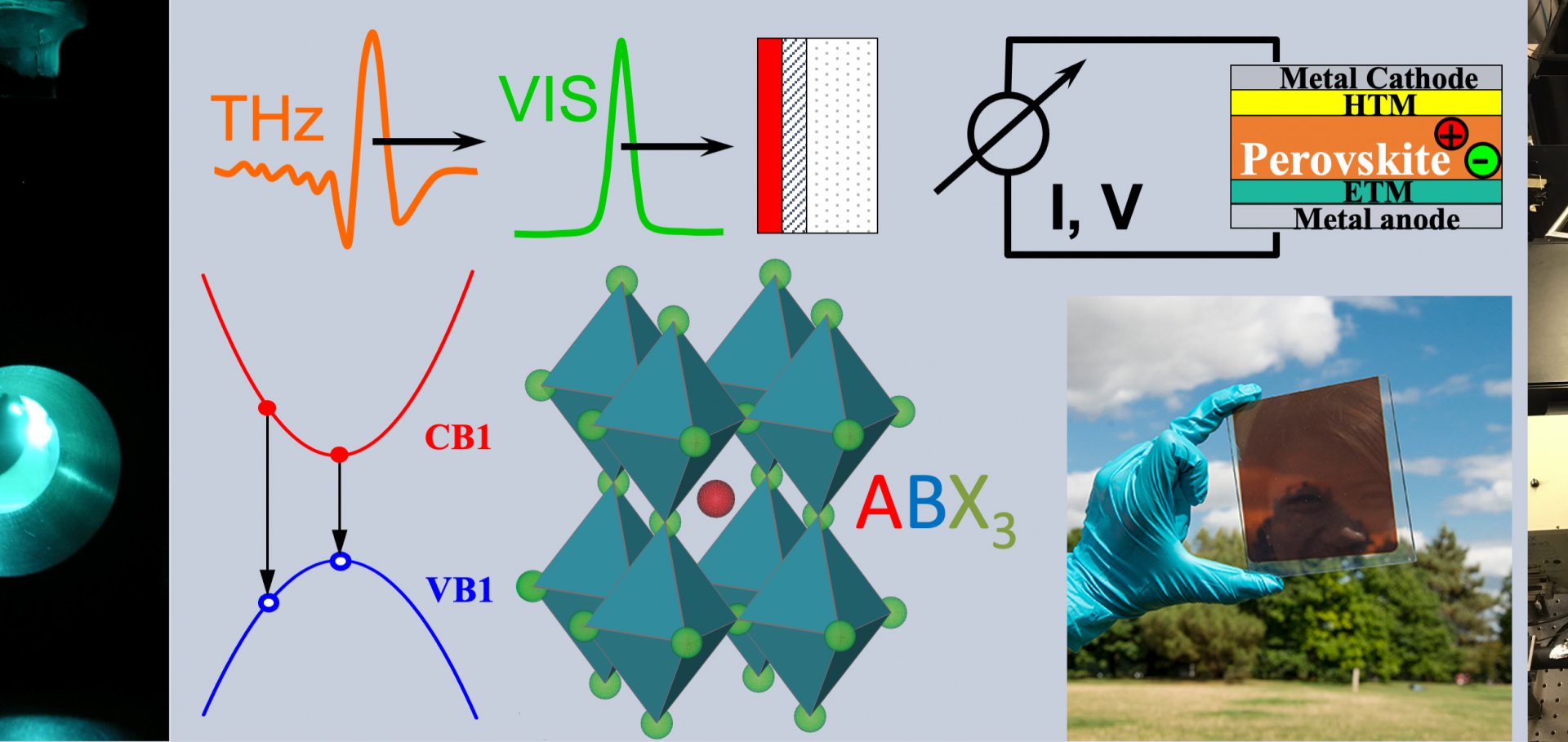Electronic properties of GaAs, InAs and InP nanowires studied by terahertz spectroscopy.
Nanotechnology 24:21 (2013) 214006
Abstract:
We have performed a comparative study of ultrafast charge carrier dynamics in a range of III-V nanowires using optical pump-terahertz probe spectroscopy. This versatile technique allows measurement of important parameters for device applications, including carrier lifetimes, surface recombination velocities, carrier mobilities and donor doping levels. GaAs, InAs and InP nanowires of varying diameters were measured. For all samples, the electronic response was dominated by a pronounced surface plasmon mode. Of the three nanowire materials, InAs nanowires exhibited the highest electron mobilities of 6000 cm² V⁻¹ s⁻¹, which highlights their potential for high mobility applications, such as field effect transistors. InP nanowires exhibited the longest carrier lifetimes and the lowest surface recombination velocity of 170 cm s⁻¹. This very low surface recombination velocity makes InP nanowires suitable for applications where carrier lifetime is crucial, such as in photovoltaics. In contrast, the carrier lifetimes in GaAs nanowires were extremely short, of the order of picoseconds, due to the high surface recombination velocity, which was measured as 5.4 × 10⁵ cm s⁻¹. These findings will assist in the choice of nanowires for different applications, and identify the challenges in producing nanowires suitable for future electronic and optoelectronic devices.Novel single-walled carbon nanotube: Dual polymer nanostructures
ABSTRACTS OF PAPERS OF THE AMERICAN CHEMICAL SOCIETY 245 (2013)
Side Chains Control Dynamics and Self-Sorting in Fluorescent Organic Nanoparticles
ACS NANO 7:1 (2013) 408-416
Strong carrier lifetime enhancement in GaAs nanowires coated with semiconducting polymer.
Nano Lett 12:12 (2012) 6293-6301
Abstract:
The ultrafast charge carrier dynamics in GaAs/conjugated polymer type II heterojunctions are investigated using time-resolved photoluminescence spectroscopy at 10 K. By probing the photoluminescence at the band edge of GaAs, we observe strong carrier lifetime enhancement for nanowires blended with semiconducting polymers. The enhancement is found to depend crucially on the ionization potential of the polymers with respect to the Fermi energy level at the surface of the GaAs nanowires. We attribute these effects to electron doping by the polymer which reduces the unsaturated surface-state density in GaAs. We find that when the surface of nanowires is terminated by native oxide, the electron injection across the interface is greatly reduced and such surface doping is absent. Our results suggest that surface engineering via π-conjugated polymers can substantially improve the carrier lifetime in nanowire hybrid heterojunctions with applications in photovoltaics and nanoscale photodetectors.Extreme sensitivity of graphene photoconductivity to environmental gases
(2012)


